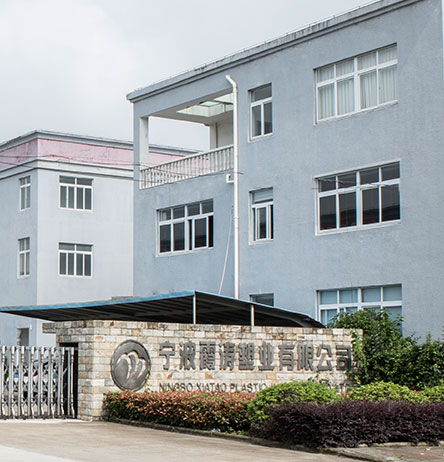Conduit fittings for water pipes, also known as electrical conduit fittings or PVC conduit fittings, have several characteristics that make them a popular choice in plumbing systems. Here are some of the key characteristics of conduit fittings:
Corrosion resistance: Conduit fittings are made from PVC (polyvinyl chloride), which is highly resistant to corrosion from water, making it a durable option for water pipe systems.
Lightweight: Conduit fittings are lightweight and easy to handle, making installation and maintenance simpler.
Low cost: PVC is a relatively inexpensive material, making it an affordable option for water pipe systems.
High strength: Despite its light weight, PVC is a strong material that can withstand high pressure and impact.
Easy to cut and install: Conduit fittings can be easily cut to size and installed using adhesive or solvent welding, which simplifies the installation process.
Smooth interior: The smooth interior surface of conduit fittings provides a high flow rate and reduces the potential for buildup or blockages.
Chemical resistance: PVC is resistant to a wide range of chemicals, making it suitable for use in a variety of water pipe applications.
Electrical insulation: Conduit fittings provide electrical insulation for wires and cables, protecting them from moisture and damage.
There are several types of conduit fittings for water pipes, including:
PVC couplings: These are used to connect two PVC pipes together in a straight line.
PVC elbows: These fittings allow water pipes to change direction by 90 or 45 degrees.
PVC tees: These fittings are used to create a branch in a water pipe system, allowing water to flow in multiple directions.
PVC reducers: These fittings are used to connect pipes of different sizes.
PVC end caps: These fittings are used to seal off the end of a water pipe, preventing water from escaping.
PVC adapters: These fittings are used to connect PVC pipes to other types of pipes, such as copper or galvanized steel.
PVC bushings: These fittings are used to connect pipes of different sizes, but they are different from reducers in that they are used to reduce the size of the female end of a pipe, rather than the male end.
PVC plugs: These fittings are similar to end caps, but they are designed to be inserted into the end of a pipe, rather than fitting over it.


 English
English 中文简体
中文简体
















 Request A Quote
Request A Quote




